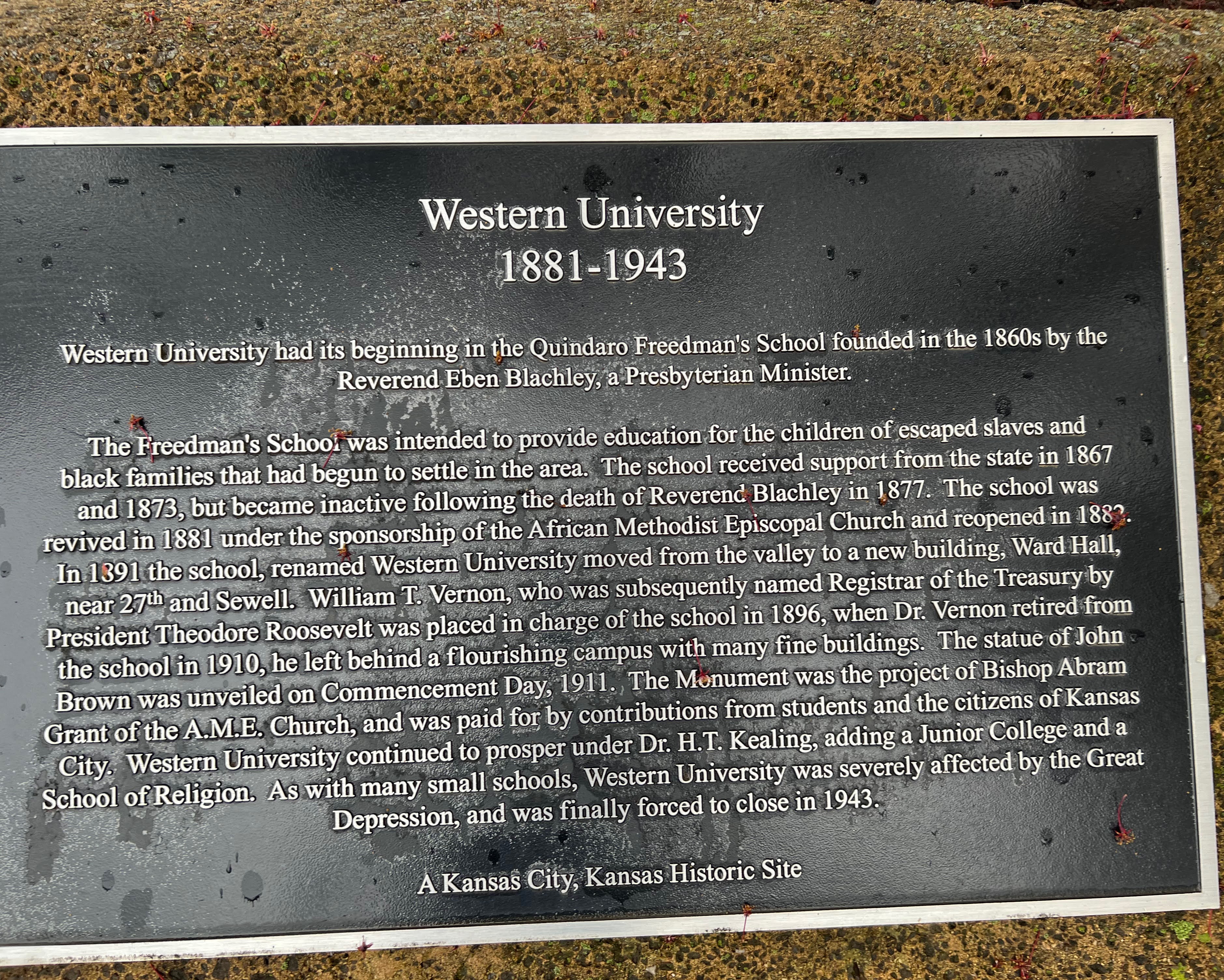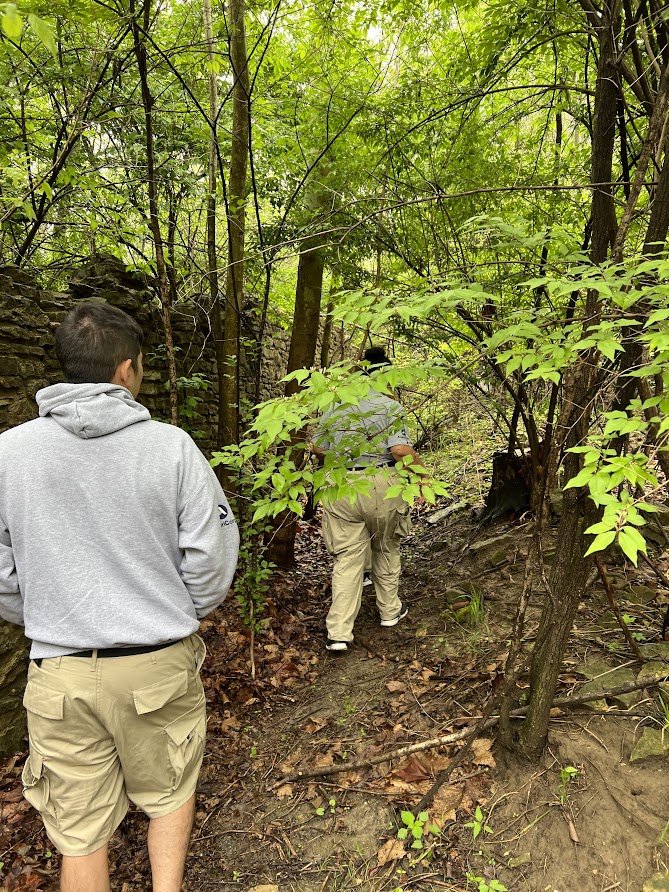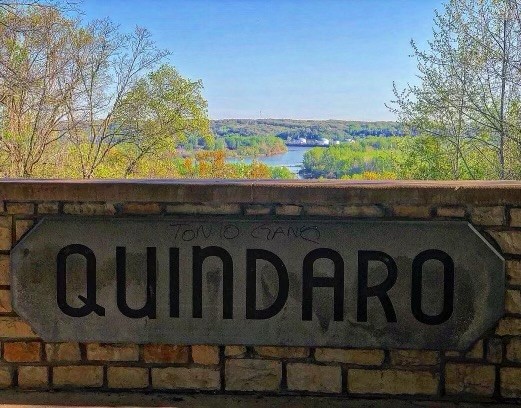by Asia Jones
When you hear Quindaro you may picture the schools, parks and other buildings that bear the name but the legacy of Quindaro stretches beyond the neighborhood you know today.
The origins of Quindaro are best captured in the interpretation of the word which loosely translated means “In union there is strength.” Founded by Abelard Guthrie, the town was named after his wife Nancy Quindaro Brown of the Wyandot tribe. What started as a settlement by the Missouri River soon became a fundamental part of the Underground Railroad in a free state where slaves were headed to escape pro-slavery factions in Missouri. It is reported they escaped on small boats and hid with local farmers until they could go further north to freedom.
From there the town grew significantly with its own post office, a river port and stores on Main street; however, the start of the Civil War left the town abandoned as men enlisted and families moved away to safety. Less than ten years after it was founded the state legislature repealed the act that incorporated the town.
Though the original settlers had moved on, Quindaro was still a land of opportunity. In the 1870s, the “Colored Normal School” of Freedmen’s University was founded for Black scholars. This institution was later changed to Western University in 1881 and under the leadership of University President William Tecumseh Vernon, enrollment increased to several hundred students and funding was abundant.

For 62 years, Western University graduated Black students who would go on into teaching, officer training and to the national stage from its Music Department.
The ruins that remain are hidden in the hillside along the Missouri River marked by an overlook off of North 27th street in Kansas City, KS and two plaques that tell the story of the townsite from its founding to the work citizens did to keep the site from becoming a landfill. In 2002, the site was placed on the National Register of Historic Places, the Quindaro townsite and its remnants are a constant reminder of the strength found in the unity of people and how such resilience can leave its mark throughout history.

There are so many more stories to tell about the legacy of Quindaro. You can also contact the Old Quindaro Museum or the Quindaro Underground Railroad Museum to make an appointment to review the relics that mark the importance of the Black community in Kansas City.

